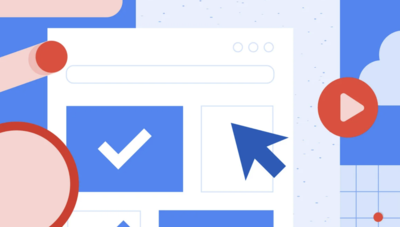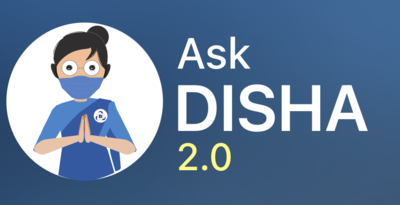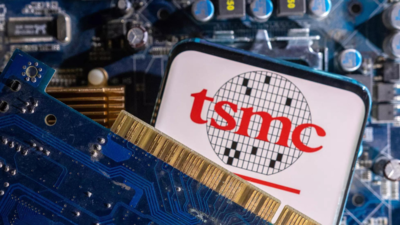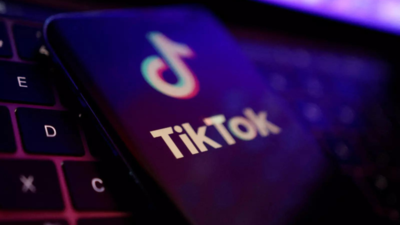3 ways Google aims to support the 2024 Indian General Elections

Google has announced a series of initiatives aimed at supporting the democratic process and safeguarding its platforms from abuse during the upcoming Indian General Election. With millions of eligible voters heading to the polls, the tech giant has said that recognises its responsibility to connect users with reliable information and counter the spread of misinformation, including AI-generated content.
Easy access to voting information on Search and YouTube
Google has mentioned that its primary focus is on providing easy access to authoritative information from trusted sources.The company has also partnered with the Election Commission of India to showcase critical details on Google Search and YouTube, such as how to register and vote, in English and Hindi.
Apart from this, YouTube’s recommendation system will prioritise trusted content during the election season. Additionally, YouTube’s homepage will prominently showcase trusted content along with an “Up Next” panel to make election-related details easily available for users.
YouTube will also highlight content from trusted sources during key moments through its Top News and Breaking News as well as a news watch page.
Moreover, the tech giant has also set up information panels that indicate funding sources from publishers that receive public or government funding and information panels that provide topical context for topics prone to misinformation.
Safeguarding misinformation
To protect the integrity of the electoral process and to protect its products and services from abuse, Google has re-inforced its existing policies to keep its products and platforms safe while curbing misinformation at the same time. Also, the policies apply to all users, irrespective of the content type.
The company has employed a combination of human reviewers and artificial intelligence models to identify and remove content that violates these policies. Google’s AI capabilities are enhancing its abuse-fighting efforts, enabling faster action against emerging threats.
Advertising during election campaigns
To keep things transparent when it comes to election advertising, the company requires advertisers to undergo identity verification and provide necessary certifications from the Election Commission. Election ads must also include disclosures indicating the advertiser’s identity and location. Google maintains a searchable hub for all election ads, providing insights into the advertisers and their spending.
Restricting AI-generated content
Google has also taken some steps to help identify AI-generated content through new tools and policies. The company has introduced disclosure requirements for election ads containing synthetic content and will soon require creators on YouTube to label realistic altered or synthetic content. The new ad policies prohibit the use of manipulated media to mislead people, like deepfakes or doctored content.
Google has also implemented restrictions to Gemini on the types of election-related queries it will respond to and has also prioritised the provision of high-quality information. Additional features, such as the “About this Image” tool in Search and digital watermarking for AI-generated images, aim to provide users with context and assess credibility.
Furthermore, Google has joined the C2PA coalition, a cross-industry effort to provide transparency and context for AI-generated content. The company has confirmed the deployment of technology to counter harmful AI-generated content aimed at deceiving voters during the 2024 elections.








